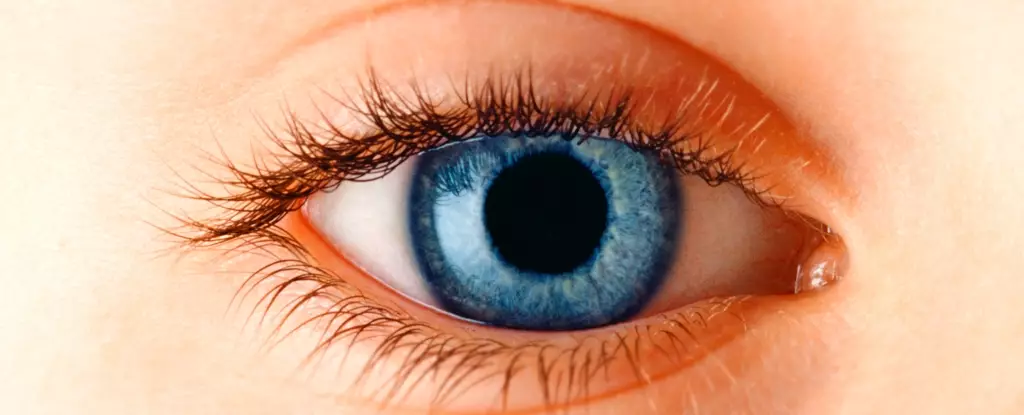Myopia, commonly known as nearsightedness or shortsightedness, is a refractive error that affects millions of children globally. This condition is characterized by difficulty in seeing distant objects clearly, while close-range vision remains unaffected. The underlying cause of myopia often stems from an elongated eyeball—either due to rapid growth or other genetic and environmental factors. When the eyeball exceeds normal proportions, light entering the eye fails to focus on the retina properly, leading to blurry vision. As the prevalence of myopia among children increases, it is crucial to understand not only the condition itself but also its long-term effects on eye health.
Recent global research indicates that myopia currently affects approximately 35% of children worldwide, a figure that experts project will rise to 40% by the year 2050. This alarming trend suggests that over 740 million children could be living with myopia within the next few decades. A comprehensive review that examined nearly 276 studies and included data from over 5.4 million children aged 5 to 19 years has revealed these disconcerting statistics. Adolescents, in particular, are expected to face the brunt of this crisis, with projections indicating that by 2050, more than half of those aged 13-19 may suffer from the condition. This marks an urgent need for awareness and intervention.
Exploring the Contributing Factors
The development of myopia is multifactorial, with both genetic predisposition and environmental influences playing significant roles. Children with parents who have myopia are at an increased risk of developing the condition themselves. However, environmental changes over recent years have also contributed to the rising incidence of myopia. One major factor appears to be the increase in screen time among children. With screens becoming a ubiquitous part of life—especially in an age where digital education and entertainment are prevalent—children often engage in prolonged periods of close-up work.
Moreover, research has suggested that fewer outdoor activities could be contributing to the surge in myopia rates. Studies indicate that children who spend one to two extra hours outdoors each day may experience a reduction in the onset of myopia. While the precise mechanisms behind this phenomena require further investigation, it is believed that exposure to natural light may aid in regulating eye growth and preventing excessive elongation of the eyeball.
Long-Term Consequences of Untreated Myopia
The implications of untreated myopia are profound and potentially devastating. While glasses and contact lenses can effectively correct refractive errors, children with high myopia face an elevated risk of severe eye complications later in life. These complications may include retinal detachment, glaucoma, and myopic maculopathy—conditions that can lead to lasting damage to vision. Furthermore, uncorrected myopia can adversely impact a child’s educational experience, impairing their ability to learn due to a lack of clear vision.
Recognizing the signs of myopia in children is critical. Symptoms such as squinting, eye rubbing, and the tendency to hold books or screens too close should prompt a visit to an optometrist for an eye examination. Regular eye check-ups can facilitate early detection and intervention, significantly reducing the risk of long-term complications.
The field of myopia management is rapidly evolving, with various interventions available to help curb its progression. Initiatives such as orthokeratology involve the use of specialized lenses worn overnight to reshape the cornea, improving vision during the day without needing corrective lenses. Additionally, atropine eye drops have emerged as a viable option to slow down the progression of myopia, offering a non-invasive solution with minimal side effects.
In light of the rising rates of myopia, educational institutions, parents, and healthcare professionals must collaborate to promote practices that prioritize children’s visual health. Encouraging outdoor play, limiting screen time, and ensuring regular eye examinations can help stave off the impending myopia epidemic.
The trajectory of myopia prevalence among children highlights an urgent need for collective action. Awareness and education about the risks and signs of myopia can empower parents and educators to take proactive steps in managing children’s eye health. By understanding the causes, consequences, and available interventions, we can work towards a future where myopia does not hinder the visual health of our children, ensuring they grow up with the clarity needed to engage with the world around them. The time has come for us to prioritize this issue— for the sake of our children’s eyes and their future.


Leave a Reply